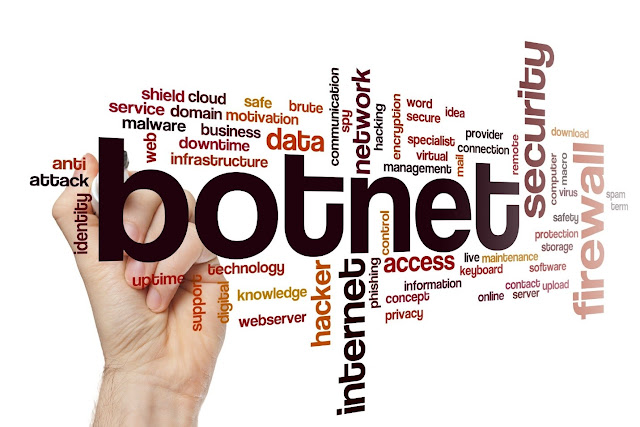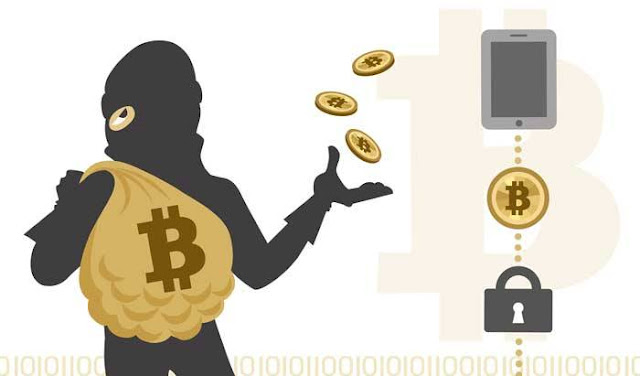Let no endpoint go dark

The compromise of a single enterprise endpoint can ultimately lead to a wider security incident, ransomware outbreak, data breach, costly remediation and rebuilding of lost reputation. Most organizations know this, but still struggle to obtain visibility into and control over corporate endpoints, which are often distributed throughout the world. When a device goes dark – goes off the corporate network, is lost or stolen, or operating without security controls – organizations have a limited window of time to remediate vulnerabilities and mitigate risk. These efforts are slowed or thwarted when the very software controls designed to protect are corrupted or removed. Persistence technology helps security controls self-heal Endpoint security company Absolute has a unique solution for that: firmware-embedded Persistence technology that allows endpoint security and management controls to “self-heal” or reinstall if they’ve been removed or compromised. This techn






